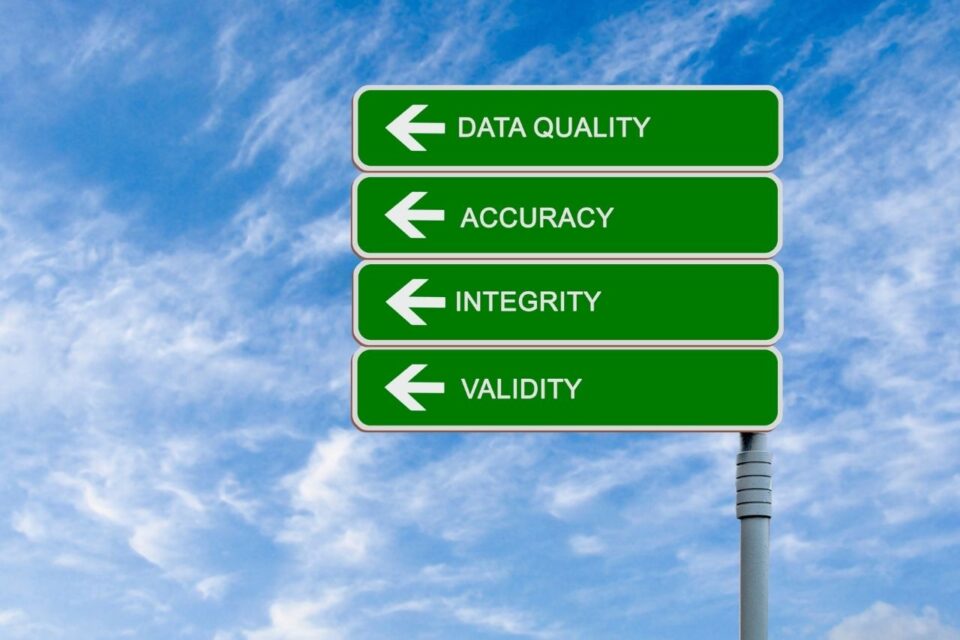
18% of Americans OK with payers using their DNA to determine policies
October 7, 2018
The Insurance Coverage Gap and How to Address it
November 6, 2018Do you know Medicare’s quality payment program or QPP have changed the way to grant patients the best possible care?
The QPP facilitates Medicare by shifting in payment for health care services from quantity to quality. By moving from fee-for-service to outcomes-based payment, this program focuses on making patients healthier.
There are two ways providers can participate in QPP. The first is MIPS – The merit-based incentive payment system. MIPS is a consolidation of the Physician Quality Reporting System (PQRS), Value-based Payment Modifier (VM) and Medicare EHR Incentive (Meaningful Use) programs. In MIPS, health providers will be evaluated annually on various reported metrics including outcomes, patient satisfaction, and cost of care. The second way to participate is via advanced alternative payment models (APM).
Challenges for Independent Physicians and Small Practices
Being a solo-practitioner or independent physician, it becomes quite challenging to get paid via a value-based model. When it comes to patient’s quality care, you need to do some extensive practice transformations. This may cost from hundreds to even millions of dollars. In spite of all this huge investment, a low patient volume is yet another challenge to cope with. Despite all of this, the good part is that Medicare allows all type of clinicians to successfully participate in QPP reporting.
So, who is eligible to participate in merit-based Incentive programs?
Those clinicians that are eligible include:
- Physicians
- Physician Assistants
- Nurse practitioners
- Clinical nurse specialist
- Certified registered nurse anesthetists
Additionally, there are some prerequisites under the MIPS program. One of them is that if a clinician bills more than 30,000 annually and provides care for more than 100 patients, they are eligible to participate in the MIPS program.
However, clinicians that barely meet the low-volume threshold, who are not newly enrolled in Medicare or not significantly participating in APMs can continue to participate via virtual groups.
What Are Virtual Groups?
Virtual groups give smaller entities an opportunity to report together across TINs. They comprise of individual practitioners and small group practices that confederate to report on MIPS as a collective entity. It is nothing but just another option to participate in MIPS.
Before the QPP performance year comes, eligible clinicians and groups must be elected to participate and the virtual group to remain the same during the performance period. A virtual group must contain a combination of two or more Tax Identification Numbers (TINs).
Forming a Virtual Group
A two-stage election process is a must for healthcare professionals. While the first stage is optional, the second stage is more formal. CMS requires each individual practitioner to sign the written agreement before the group submits their election application. In addition to it, CMS will either approve or cancel the virtual group applications and applicants will be notified to it.
How Do Virtual Groups Submit QPP Data, Receive Scores?
When you report as a virtual group, all performance data will be collected and reported at a group level. Likewise, Medicare also accesses performance scores at a group level. All healthcare providers will be reimbursed as per the given score.
Conclusion
Certainly, it is quite challenging for small practices to take part in QPP along with less patient volume and tight margins. MIPS scores act as a tool to control Medicare spending on physicians services. More simply, one who wins MIPS (positive payment adjustments) will reap benefits from those who will be lost (negative payment adjustments). Also, chances are patients will choose their options after looking at clinician’s MIPS score.
Learn how our software is saving other organizations $$MILLIONS!
If you are interested in a free demo of our AllPayor® Software, please go HERE or you can register for a FREE webinar HERE





